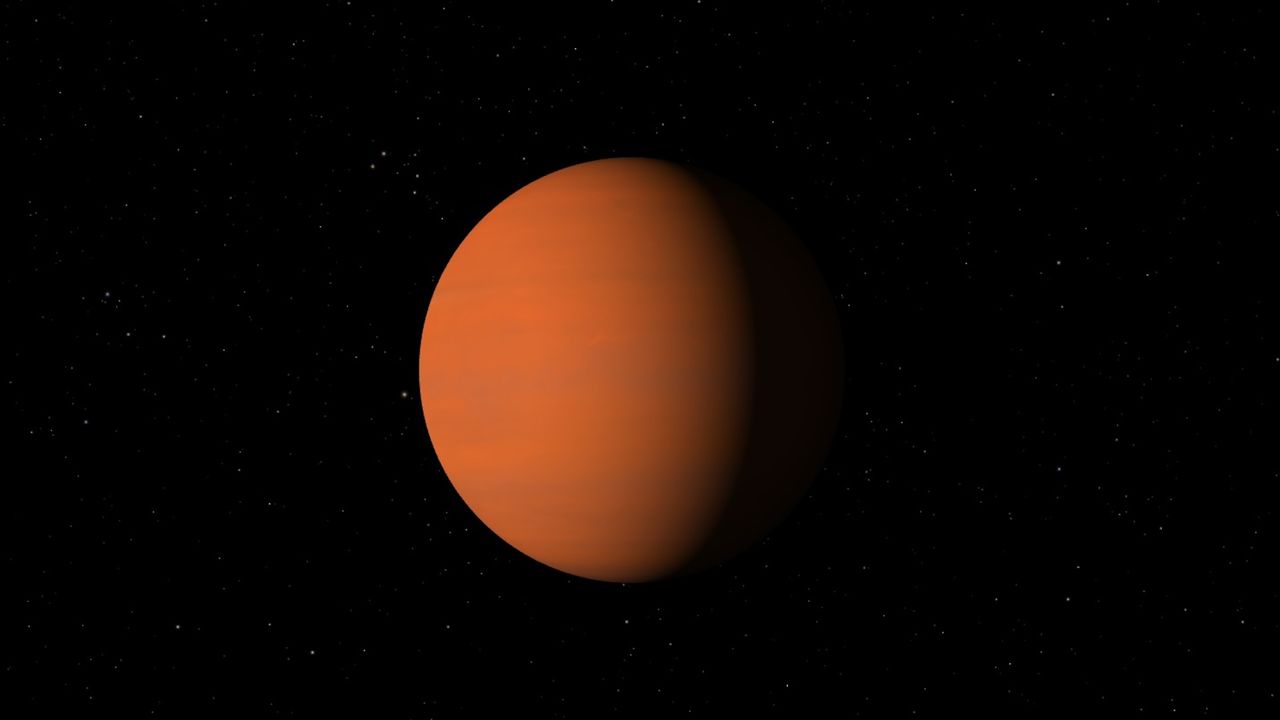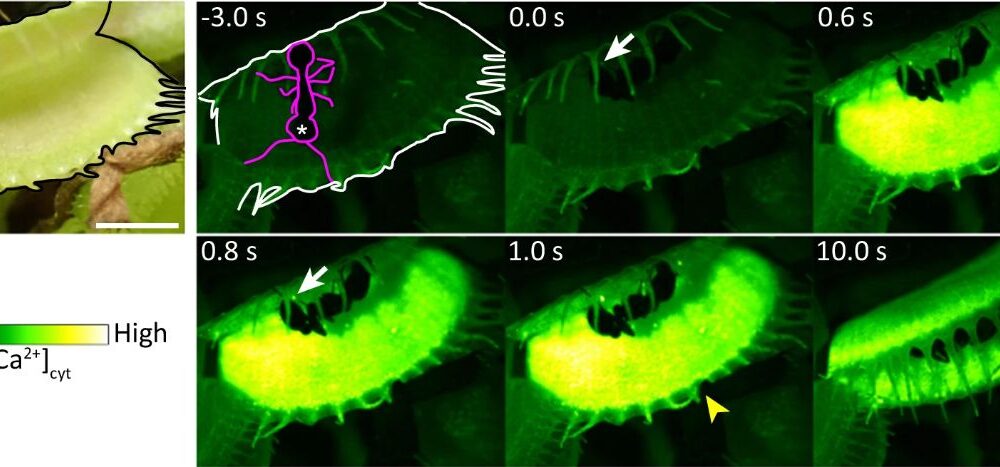On November 1, 1995, astronomers Michel Mayor and Didier Queloz made a groundbreaking discovery that would change our understanding of the universe. They identified the first known planet orbiting a star similar to our sun, a significant milestone in the field of exoplanet research. This discovery took place at the Haute-Provence Observatory in France, where the duo had been observing the star 51 Pegasi, located approximately 50 light-years from Earth.
Mayor and Queloz began their search in September 1994, focusing on anomalies in the trajectories of nearly 150 stars. After 18 months of rigorous observation, they noticed peculiar wobbles in the movements of one particular star. Their analysis revealed that 51 Pegasi b, later nicknamed Dimidium, was a gas giant larger in diameter than Jupiter, with about half its mass. Positioned just 5 million miles (8 million kilometers) from its star, it completed an orbit every 4.2 days.
The implications of this discovery were profound. Prior to this, astronomers had primarily searched for planets using indirect methods, often focusing on radio signals or searching for planets around pulsars—stars that emit radiation akin to a lighthouse. While hints of potential planets existed, the hostile environments of pulsars made them unlikely hosts for life. Mayor and Queloz shifted the paradigm by demonstrating that terrestrial-like planets could exist around sunlike stars, igniting a new era of exploration.
Exoplanet Research Takes Flight
Following the announcement of their findings in the journal Nature, exoplanet exploration surged. Within a few years, dozens of exoplanets were discovered, each bringing humanity closer to the goal of finding life beyond Earth. In 2004, astronomers at the Lick Observatory in California confirmed Mayor and Queloz’s discovery and later, the Very Large Telescope in Chile captured the first photographic evidence of an exoplanet orbiting a distant star.
By 2019, the significance of their work was recognized with the awarding of the Nobel Prize in Physics to Mayor and Queloz for their contributions to our understanding of the universe. They shared this honor with Canadian physicist James Peebles, who made significant contributions to cosmology. Together, they have laid the groundwork for future explorations that have revealed over 6,000 confirmed exoplanets to date.
Despite the excitement surrounding these discoveries, scientists have yet to find definitive evidence of life on any of these distant worlds. Nonetheless, the search continues, with promising candidates emerging that could one day lead to the revelation of extraterrestrial life.
The quest for knowledge about our universe remains a driving force for astronomers worldwide. As technology advances, so too does our ability to explore, understand, and possibly find life beyond our solar system. The pioneering work of Mayor and Queloz serves as a testament to human curiosity and ingenuity, inspiring generations to come.







